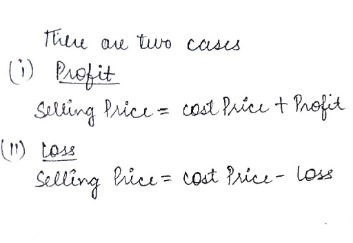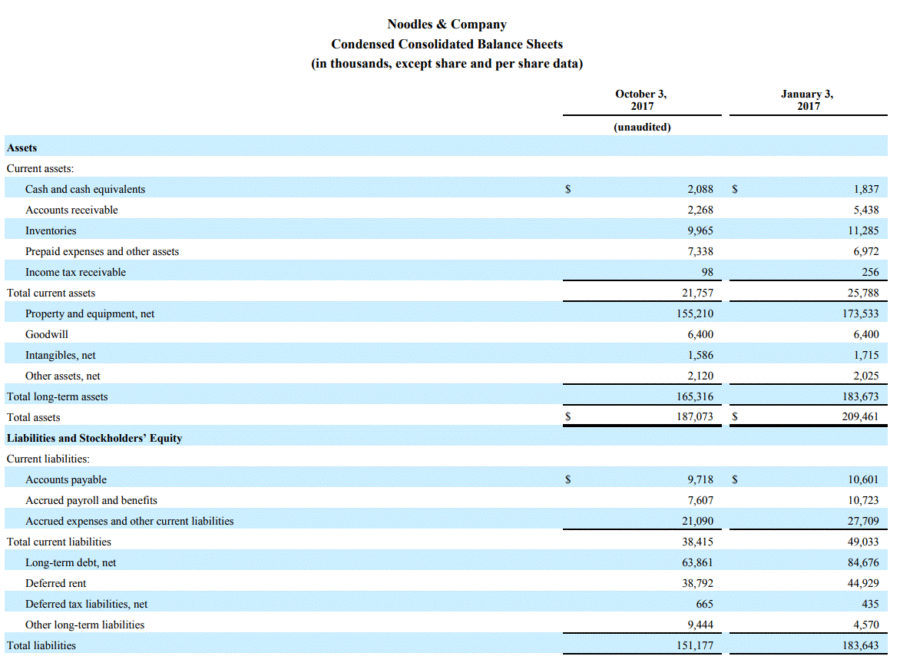
Since external risks cannot be foreseen with accuracy, it is difficult for a company to reduce these three risk factors. Some types of credit insurance can protect a company against political events in other countries, such what is the difference between purchase order and invoice as war, strikes, confiscation, trade embargoes, and changes in import-export regulations. An internal audit provides an independent, objective review of internal controls, corporate governance and accounting processes and procedures. Not only can an internal audit help you reduce and mitigate risk, it can also help you improve processes and overall performance. Whether internal risks manifest immediately or evolve over time, they are a part of your organization’s fabric.
Risk Assessment and Management
By investing in employee development programs and fostering a healthy work environment, businesses can enhance performance and retention. For example, businesses that promote employee engagement and skill-building are better equipped to meet market demands and maintain a competitive edge. A company can reduce internal risks by hedging the exposure to these three risk types. Research and development is often a component of reducing internal risks because it involves keeping current with new technologies. By investing in long-term assets, such as technology, companies can reduce the risk of falling behind the competition and losing market share. Of these three factors, opportunity is the one that your organization has the most control over.
If you’re ready to start your risk quantification journey, request a demo of Risk Cloud Quantify today. The FAIR model runs Monte Carlo simulations, which are built from repeated, random sampling aimed at producing estimates of the value of loss a risk could carry. We help thousands of business analysts, students, and managers craft better analysis every day. Behind the flat-packed furniture, there’s a world of political, social, and environmental factors that make up the real IKEA puzzle.

Managing Business Risk
- However, a company can reduce its exposure to business risk by identifying internal risks and external risks.
- By analyzing internal factors through the lens of SWOT, businesses can strategically position themselves for success by harnessing strengths and improving upon weaknesses.
- This complexity may make it difficult for an auditor to make the correct opinion, which in turn can lead investors to consider a company to be more financially stable than in actuality.
- Employee development, collaboration, and work environment quality directly affect productivity and innovation.
External factors, such as market trends, economic growth, climate change, and social factors, fall under opportunities and threats. Recognizing how these elements impact the business, combined with analyzing internal factors, can lead to strategic adjustments for long-term growth. Natural risk factors include natural disasters that affect normal business operations. An earthquake, for example, may affect the ability of a retail business to remain open for a number of days or weeks, leading to a sharp decline in overall sales for the month.
How to Prepare for Internal Risk Vs. External Risk
A company’s structure also affects operational and administrative procedures, which can impact reputation and customer perception if not managed well. For instance, Toyota’s lean manufacturing is a model of operational efficiency, balancing high-quality production with reduced costs. Innovation is essential for staying ahead of market trends and technological advancements. Companies like Tesla demonstrate how continuous innovation drives growth by leading in new product development. Without innovation, businesses risk stagnating amid cultural shifts and economic growth. However, group purchase websites if you don’t have the money for technological advancements, you can always research auto equity loan in North Carolina or in your state to obtain funding.
Internal Factors Affecting Business Success
Physical resources encompass the tangible assets a company uses to operate, such as its infrastructure, equipment, and facilities. The location, condition, and availability of these resources directly influence operational efficiency. Companies with well-maintained physical resources can optimize productivity, while outdated or insufficient resources may lead to inefficiencies and increased costs. For instance, a manufacturing company with state-of-the-art machinery will produce higher-quality products faster than competitors with outdated equipment. A motivated and skilled workforce significantly impacts a company’s success. Employee development, collaboration, and work environment quality directly affect productivity and innovation.
External risks are outside the control of the project team and its host organization. the main specific features of double entry bookkeeping system Because of this, external risks are generally more difficult to predict and control. Factors such as a key vendor going bankrupt, economic upheaval, wars, crime, and other events may directly impact the project’s effectiveness. Some risk may be difficult to foresee such as a mine in a foreign country providing essential elements for the project being taken over by a revolutionary government. This kind of event directly threatens the project, but often takes project managers by surprise because of a deficient analysis of external threats.
Some factors, like reputation or creditworthiness, are shaped by how you run the business, while others, such as management structure or staffing, depend on business decisions. Additionally, defining internal and external risks helps ensure that you’re factoring all of your company’s threats into account when assessing its overall susceptibility to harm. Just like it sounds, an internal risk score is an assessment of any risk factor that comes from within the company. Though they can be just as damaging as external risks, internal risks are often the most difficult to identify because they rely heavily upon the company’s culture of risk. After internal and external risks in project management are identified and categorized, a risk breakdown structure can be created that assigns risks to specific elements of the project. Relationships between the sources of risks and project elements can then be evaluated via the work breakdown structure to adjust the project plan.
